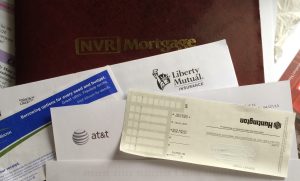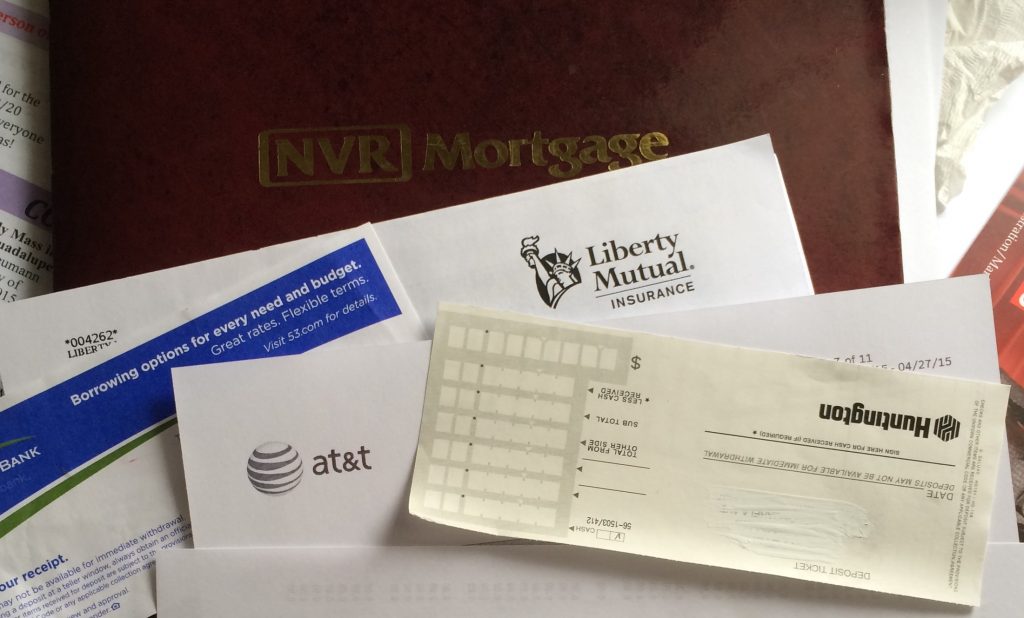Teaching financial literacy has become a recent concern. How early should parents and educators begin to teach the process of spending and saving money?
Some states have begun teaching financial literacy in high school so students are prepared to enter the job market or college. Several high schools now offer a personal-finance course in order to graduate. States receiving an A grade for teaching financial literacy are Alabama, Missouri, Tennessee, Virginia, and Utah (Utah being the best). But the question remains- Is high school too late to begin teaching about personal finances?
With the average family now saving less than they did a year ago, teaching financial responsibility may help our students now and in the future. According to the National Endowment for Financial Education only 11 percent of teachers had professional development on teaching the course. About 60 percent of teachers report feeling unqualified to teach financial management.
Often, schools rely on banks to come into the classroom and teach the basics of financial management. They emphasize saving and budgeting. This was done in my elementary school for fifth graders. But, is that enough? There needs to be follow-up from the classroom teacher and parents at home.
Today’s movement is to include more finance-related coursework in elementary, middle school, and high school. But it still remains that parents are the primary educators when it comes to modeling the skills children need for financial competence. The problem arises when parents avoid talking to children about money. They lack the confidence to handle their own finances.
Without leadership and proper guidance about finances, children pick up the wrong messages. They hear money talk at school, outside activities, and at friend’s homes. Bad attitudes and misconceptions about finance come from children’s observations in and out of the home.
What Children Observe When It Comes to Finances
• Bills thrown away unopened or opened last
• Little or no investment dialogue
• No set time to budget the household
• Mortgage or rent paid on time or late
How Schools Can Help
Schools can introduce saving and spending beginning as early as kindergarten and first grade. The NEA (National Education Association) has resources for financial literacy in our schools. These are easily incorporated into the math curriculum.
In educating our children about finances, they are more likely to understand college loans and consequences. They can begin to build savings accounts for their future. Most of all they are more likely to stay out of debt and avoid maxing out credit cards. The outcome of financial literacy and education can only mean fewer consequences and more benefits for our children.
Should it begin in school? Probably not, but once it is included in our schools’ math curriculum, our students may open discussions at the dinner table or in the car on the way to the mall. This can lead to both parents and students acquiring a better understanding of personal finances.
![]()



